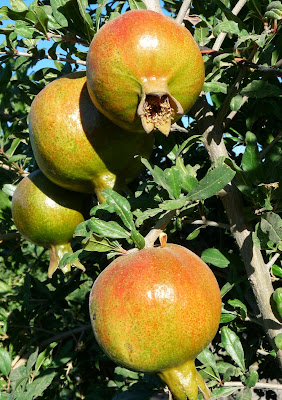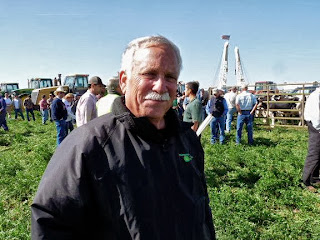BAGRADA BUG IS NEW PEST IN FRESNO COUNTY
 |
| Bagrada Bugs are often seen in the mating activity. |
“I did some research and it looked like the pest was the Bagrada bug. So, we we bagged part of the plant with the bugs and sent them to the Fresno County’s Ag Commissioner office. They forwarded the sample to the CDFA in Sacramento, and CDFA confirmed that it was the Bagrada bug,” said Yang.

















